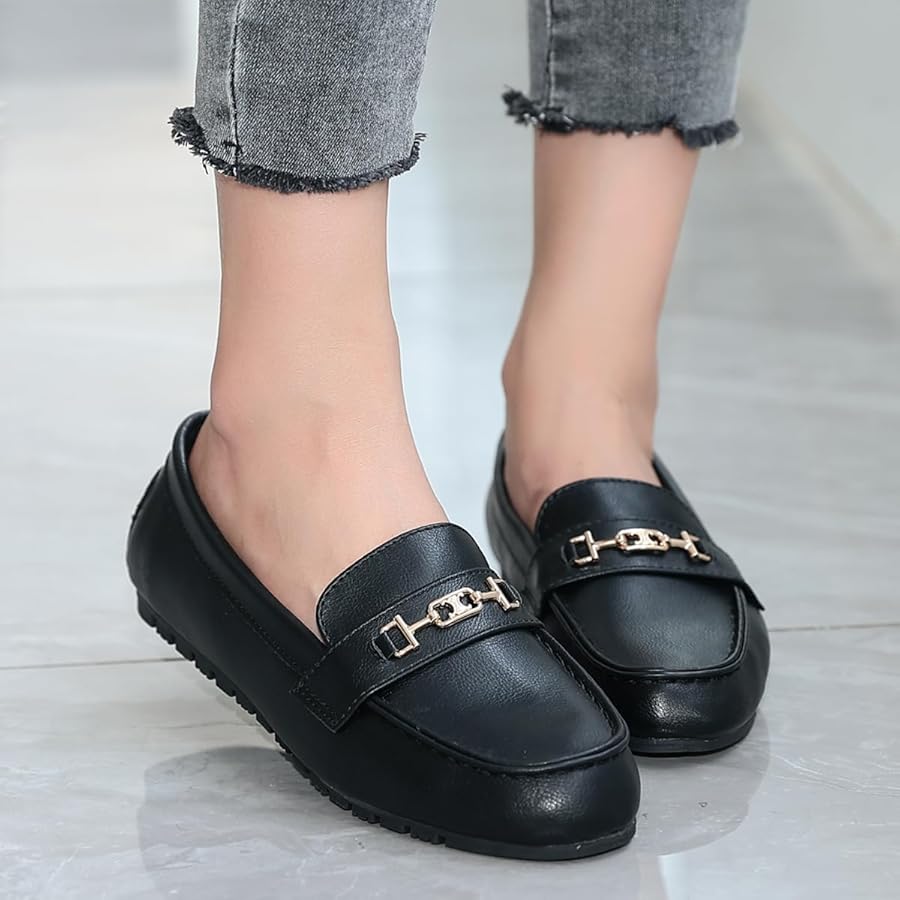
In the ever-evolving world of fashion, some trends come and go, but a few stand the test of time. Women’s loafers are a prime example of such a classic staple. From their origins to their contemporary variations, loafers have firmly established themselves as a versatile and essential part women loafer of women’s footwear. This article delves into the history, style evolution, and modern appeal of women’s loafers.
A Brief History of Women’s Loafers
The history of loafers can be traced back to the early 20th century. Originally, loafers were designed as a comfortable and casual alternative to dress shoes. The concept of a slip-on shoe was inspired by Scandinavian designs, particularly the moccasin. In the 1930s, the iconic penny loafer was introduced by the American brand Bass Weejuns, which revolutionized the way loafers were perceived.
Evolution of Style
Over the decades, loafers have undergone various transformations, reflecting changing fashion trends and social norms. In the 1950s and 1960s, loafers became a symbol of preppy style, often associated with Ivy League students and a polished, classic look. This period saw the rise of the penny loafer, characterized by its distinctive slot on the front where a penny could be inserted, adding a touch of personalization.
The 1970s and 1980s brought about a more diverse range of loafer styles, including tassel loafers and moccasin loafers. These variations incorporated elements such as fringed tassels and softer, more flexible materials, catering to the evolving tastes of women who desired both comfort and style.
In recent years, the loafer has experienced a resurgence in popularity, reimagined in various materials, colors, and designs. This modern iteration often features bold embellishments, metallic finishes, and unconventional patterns, catering to a wide range of personal styles.
Why Women’s Loafers Are a Timeless Trend
There are several reasons why women’s loafers have remained a staple in footwear fashion:
- Versatility: Loafers are incredibly versatile and can be dressed up or down. Whether paired with tailored trousers for a professional look or with jeans for a casual outing, loafers seamlessly fit into various outfits.
- Comfort: One of the most significant advantages of loafers is their comfort. With a slip-on design and often cushioned insoles, they provide a level of ease that other types of shoes may lack.
- Timeless Appeal: The classic design of loafers ensures they never go out of style. This timelessness makes them a worthwhile investment for any wardrobe, as they can be worn across seasons and trends.
- Variety: Modern loafers come in a plethora of designs, materials, and colors. From leather to suede, and from classic black to vibrant hues, there’s a loafer style for every preference and occasion.
Styling Tips for Women’s Loafers
To make the most of women’s loafers, consider these styling tips:
- Pair with Tailored Pieces: For a sophisticated look, combine loafers with tailored trousers or a pencil skirt. This combination exudes professionalism while keeping comfort at the forefront.
- Add a Casual Touch: Loafers work wonderfully with casual outfits. Try them with skinny jeans, a casual blouse, and a blazer for a chic, laid-back look.
- Experiment with Patterns and Colors: Don’t be afraid to experiment with different patterns and colors. Metallic loafers or those with unique prints can add a fun twist to your outfit.
- Accessorize Wisely: Given that loafers are often a focal point of an outfit, keep accessories minimal to let the shoes stand out. A simple pair of stud earrings or a delicate bracelet can complement your look without overwhelming it.
Conclusion
Women’s loafers have firmly established themselves as a fashion staple, offering a blend of style, comfort, and versatility. From their historical origins to their modern iterations, loafers have proven to be a timeless and adaptable footwear choice. Whether you’re dressing for work, casual outings, or special occasions, incorporating loafers into your wardrobe is a savvy fashion move that embraces both tradition and contemporary trends.